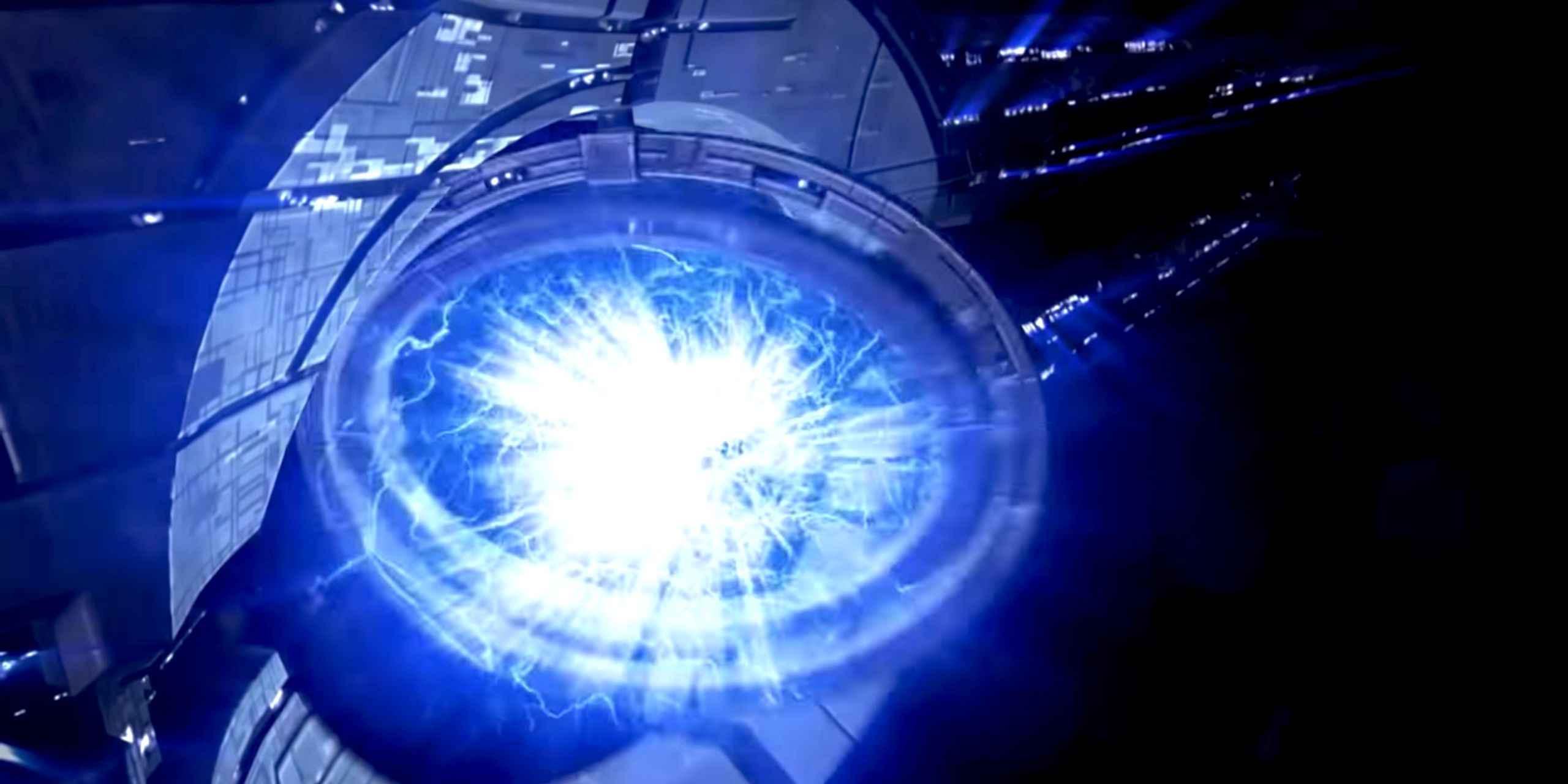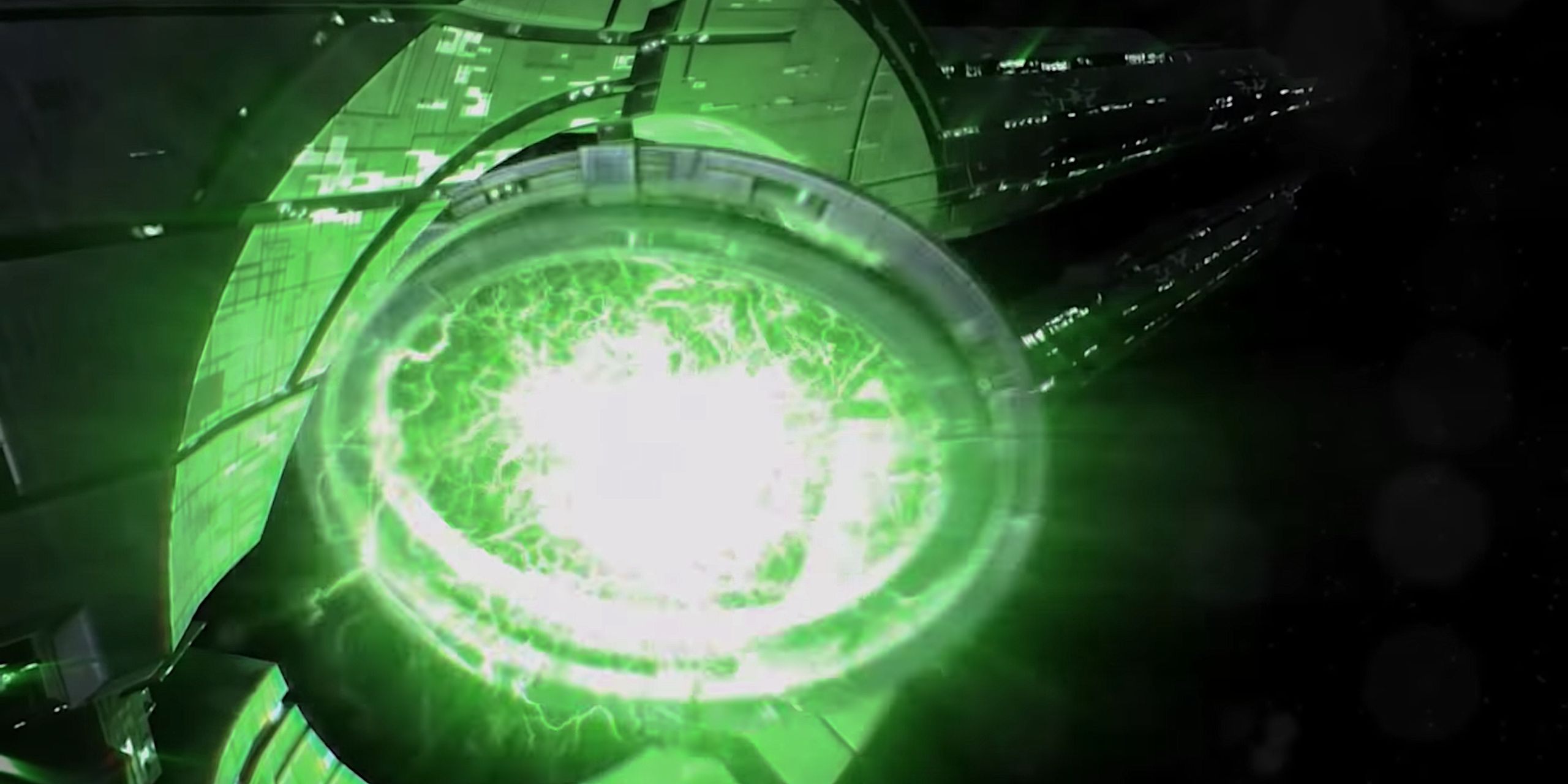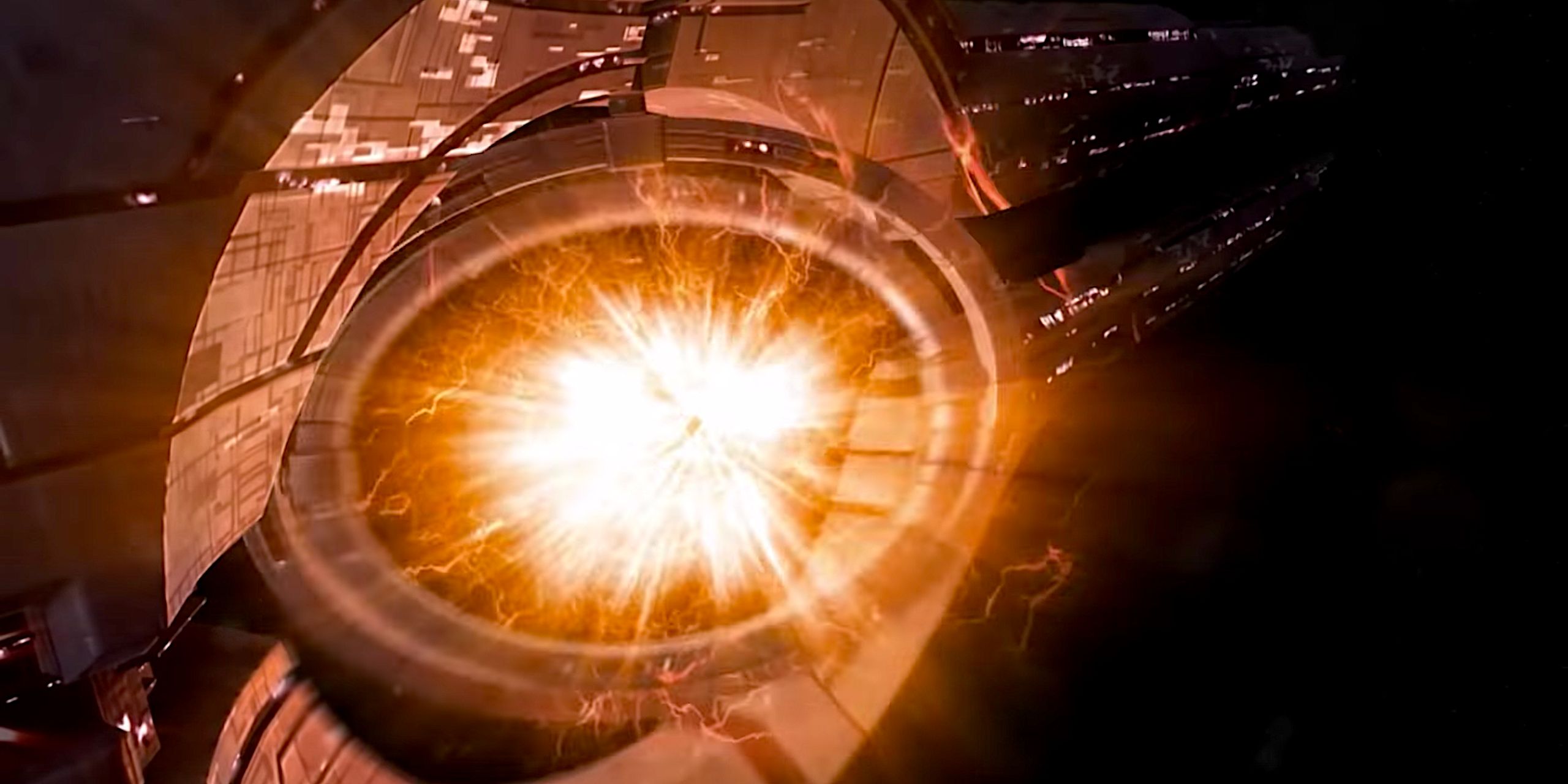Mass Effect 3 has one of the most controversial endings in modern gaming history, presenting players with three different choices, Destroy, Control or Synthesis. These infuriated fans at the time due to a combination of factors. The game excluded any sort of final boss fight, even with the chief Leviathan Harbinger so close to the player. It also results in the destruction of every Mass Relay in the galaxy, with the game's writers ignoring the previously-established fact that a relay's destruction results in tremendous loss of life within the system.
But even setting aside those concerns, the game's endings are tremendously important to the series' future. Mass Effect: Andromeda delved into the series's past, but BioWare has since confirmed theat the development of another game, this time set after the events of the original trilogy. The teaser trailer shows Liara rediscovering Shepard's N7 armor in a snowy tundra. This rules out the game's fourth ending, which was added as a part of the Extended Cut DLC. It lets Shepard pick a "bad ending" where humanity loses. Liara wouldn't be able to roam around looking for Shepard in that timeline, since she'd likely be dead. Let's break down the game's other three endings and figure which one is the likeliest starting point for the next Mass Effect game.
Mass Effect 3's Control Ending
Control is the darkest of the game's three main choices, although obviously still better than the bad ending. It sees Shepard carry out the Illusive Man's plan and attempt to control the Reapers using the Crucible. They succeed in doing so, but at the cost of their physical form, which is burnt away. Shepard becomes a disembodied sentience, fully in control of the Reaper armada. They fly away, and the game ends with Shepard narrating the consequences of their actions.
This would be a grim future for BioWare to set the next Mass Effect game in, a presumably authoritarian interstellar society guided by a now-immortal Shepard and their army of Reaper slaves. It also begs the question of what that game's central conflict would be. Shepard has more than enough firepower to take on any conceivable threat, and while BioWare could invent some new boogeyman from beyond the stars, it's hard to see how they could inject a new player character who has the ability to make a difference in such a massive conflict. It also seems unlikely that the player would get to take control of Shepard again, as they've ascended to a form of digital godhood.
Mass Effect 3's Synthesis Ending
Synthesis is brightest and most utopian of the game's three endings, only unlocking once the player has an Effective Military Strength of 2800 or higher. It lets Shepard fuse together organic and synthetic life throughout the galaxy, creating a new form of being that is both natural and artificial. It's unclear what exactly that means in practice, but it does result in every humanoid figure gaining strange green markings on their faces. The point of this change is to create greater harmony between synthetic beings and their creators, but it's anyone's guess as to if it actually succeeds.
There are plenty of intriguing possibilities to a post-synthetic future, but it raises just as many questions as it answers. What does it mean to be neither synthetic nor organic? What does it mean to be both? It's also worth noting that the only being shown in the upcoming game's teaser trailer, Liara, doesn't display those trademark green markings on her face. Her hood covers up much of it, but her eyes are distinctly clear of the green glow many other humanoids display. It's possible for the next game to be set in a Synthesis future, but all the evidence currently available stands against it.
Mass Effect 3's Destroy Ending
If Control is the Renegade option in Mass Effect's usual Paragon/Renegade split, Destroy is definitely the Paragon one. If the player chooses this ending, Shepard will use the Catalyst to destroy all synthetic life in the galaxy, ending the current Reaper threat. It also has several notable side effects though, as it ends all friendly synthetic life as collateral damage. This means all of the Geth are destroyed, including Legion. EDI is also killed, and not present during the game's ending cutscene. While the Destroy ending doesn't involve the moral ambiguity of Control or the genetic-warping power of Synthesis, it's also questionable in its efficacy. Killing all current artificial life doesn't prevent the creation of beings like the Reapers in the future, and may simply be delaying the inevitable.
That questionable efficacy also makes Destroy the most likely ending for BioWare to pursue with a sequel. It's the place of science fiction to ask questions, regardless of whether or not it can provide an answer. An aversion of the current crisis while leaving the door open for future issues is perfectly in-tone, and makes sense for a world where the player takes control of Shepard once more. They might be dealing with the reemergence of artificial life or another crisis altogether, but will ultimately be exploring a galaxy rebuilding and changing in the face of colossal destruction.




